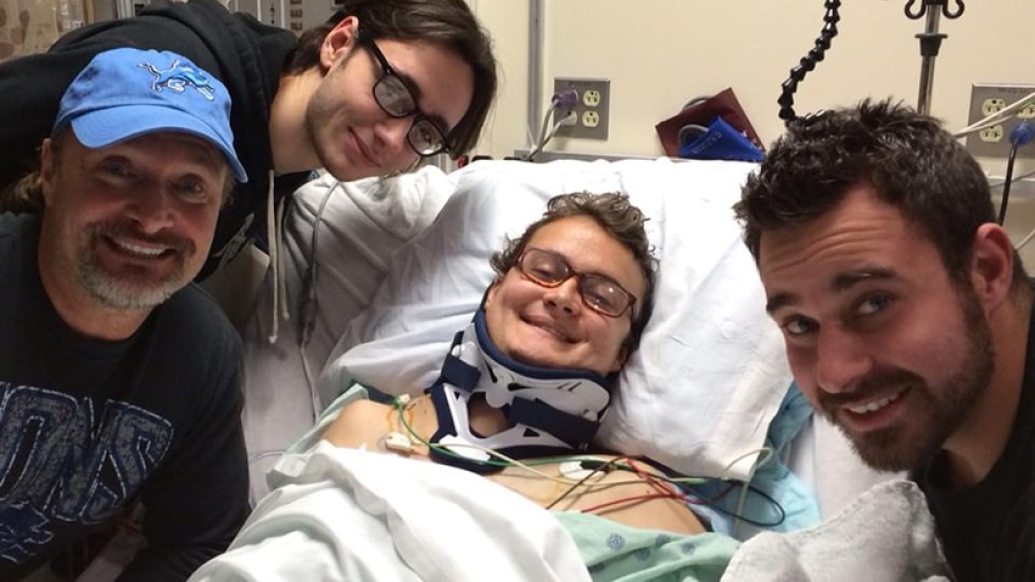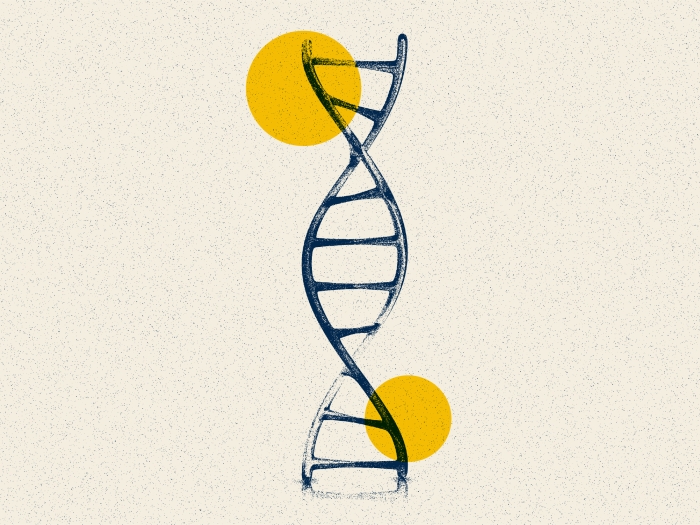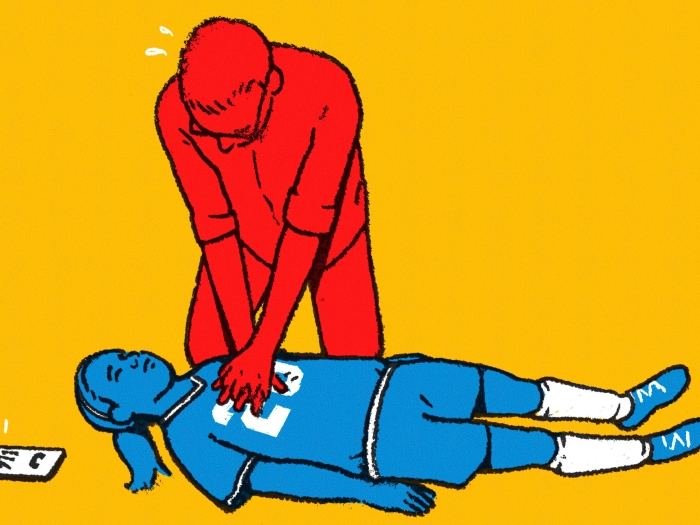One young man’s struggles with Klippel-Trenaunay syndrome have served to strengthen his faith and shape his career.
7:00 AM
Author |

Zachary Markcum is far from an ordinary 24-year-old.
His health struggles, which began the day he was born, are remarkable, and his outlook is a testament to the power of faith.
MORE FROM MICHIGAN: Sign up for our weekly newsletter
Zachary and his twin brother, William, were born in the Upper Peninsula town of Marquette, Michigan. But only Zachary was diagnosed with Klippel-Trenaunay syndrome, a rare condition that affects the development of blood vessels, soft tissues and bones.
The disorder's three characteristic features include a red birthmark known as a port-wine stain, abnormal overgrowth of soft tissues and bones, and vascular malformations (abnormal clusters of blood vessels).
Zachary underwent multiple operations as a baby, with doctors removing several fingers and toes affected by malformations that had caused significant bleeding and pain.
As Zachary grew, his condition worsened. At age 6, he was brought to the University of Michigan for treatment. His right arm was removed at the shoulder because of extensive vascular malformations and associated pain, recalls his mother, Joan Markcum.
The brave young boy continued to endure laser and embolization procedures to treat remaining lesions that caused bleeding. An embolization procedure involves a blood-clotting medication injected near the vascular malformation to block the flow of blood.
"Things went OK until the eighth grade," Zachary says. That's when malformations on his left leg caused so much pain and bleeding that his doctors recommended removing a portion of the leg.
Even then, the patient remained positive.
"It was a relief," says Zachary. "An artificial leg would be easier for me."
New direction and challenges
Zachary says he felt relatively healthy for a few years, requiring ongoing laser and embolization treatments to manage the bleeding.
But when a U-M checkup revealed dangerously low iron levels in his blood, doctors discovered a vascular malformation in the 17-year-old's colon, requiring surgery to remove 12 inches of intestine.
SEE ALSO: 'Superhero' Brothers Bonded by Rare XMEN Disease
Undeterred, Zachary began looking forward to college. He first attended Ferris State University in Big Rapids, Michigan, with his twin. Both siblings took engineering classes.
A change of heart led Zachary to Great Lakes Christian College in Lansing, Michigan, where he began studies in youth ministry.
More health trouble also followed. Shortly after the school year began, Zachary experienced severe pain in his neck that proved to be a rare arteriovenous lymphatic malformation. It was pushing his spinal cord against his spinal column.
In 2014, Zachary returned to U-M, where neurosurgeon Aditya Pandey, M.D., and neurointerventional radiologist Joseph Gemmete, M.D., developed a treatment plan to shrink the complex abnormality pressing on his cervical spinal cord.
"Since removing the vascular malformation would pose significant risk of bleeding, we opted to use a minimally invasive method called angiography to deliver chemotherapy into the malformation with the goal of causing it to obliterate," Pandey says.
The team also performed a cervical spine decompression and fusion to reduce the pressure on the spinal cord and stabilize the spine.
Always a trouper, Zachary showed signs of worry for the first time: "He was almost paralyzed, and the surgery was not a guarantee he would be able to walk again," Joan says.
"We knew the surgery was risky but prayed it would be worth it," recalls Zachary, who at that point didn't have the strength to feed himself. "I was hopeful I'd regain my strength and be able to walk again."

A 'fighter' and his future
After surgery, Zachary was in and out of physical therapy.
"The doctors and therapists were really great, but recuperation was tough," he says. "I had no movement in my body from my neck down, except for my arm and fingers, and needed in-home care for three months."
SEE ALSO: Living with Cerebral Palsy: 'Part of My Life, Not My Whole Life'
He eventually began to move from his bed to a wheelchair and was able to stand for longer periods. Nearly two years after his surgery, he was walking with confidence and feeling strong enough to get back to his education, taking online courses in youth ministry.
Zachary credits his faith for getting him through his difficult health issues.
"God is with me," he says, adding that a career in youth ministry will allow him to share his challenges and victories with others, including young kids and teens. "Everyone has struggles, even if you can't see them.
"I believe I can help others with their challenges in a faith-based setting."
That role is more than fitting. Pandey, the neurosurgeon, describes his patient as a "fighter" and "a true example of human strength."
The mother of this amazing young man agrees: "It took him a lot of work to get here, but now he's better than before!"

Explore a variety of healthcare news & stories by visiting the Health Lab home page for more articles.

Department of Communication at Michigan Medicine
Want top health & research news weekly? Sign up for Health Lab’s newsletters today!





